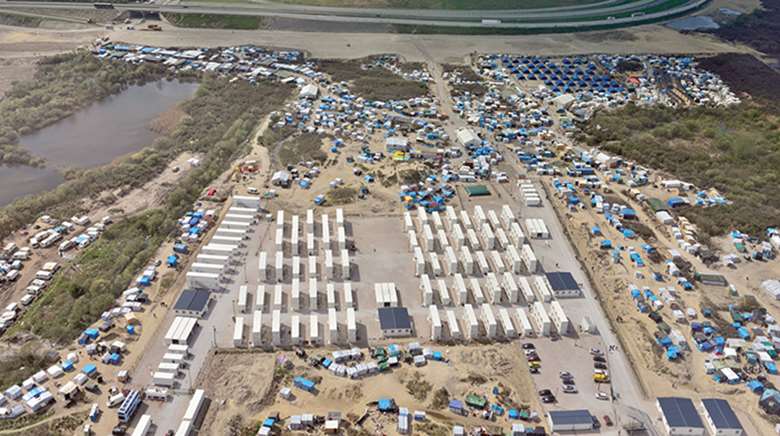Legal Update: Children seeking asylum in the UK
Frances Trevena
Tuesday, November 8, 2016
Frances Trevena, head of policy and programmes at Coram Children's Legal Centre, explains the legal mechanisms for unaccompanied children coming to the UK from Calais and across Europe.

With the closure of the Calais "jungle" refugee camp complete, some of the unaccompanied asylum-seeking children previously living in the camp have been brought to the UK through legal routes. The first group of children and teenagers were transferred to the UK under the provisions of the Dublin III Regulation.
This is European-wide regulation on the treatment of asylum claims which are made in countries within the European Union (EU) and the regulation remains in operation while the UK remains a part of the EU. It governs the return of people claiming asylum to the first EU country that they entered, as well as which country should be responsible for processing the claims of families and children.
The Dublin Regulation
Under Articles 6 to 8 of the Dublin Regulation, a child's best interests must be a primary consideration in all steps that are taken to resolve their asylum claim. It puts an active duty on states to consider family reunification and to identify family members, including siblings, in other member states. This reinforces other EU legislation which requires family tracing, as well as provisions in UK domestic law. Home Office guidance, which was amended and reissued in July 2016, includes detailed instructions on how information regarding family members should be obtained from a child or their carers, and on ensuring that a child's best interests are considered.
Family members
Where family members (not restricted to just parents) are identified in other EU member states, the Dublin Regulation provides for a child's asylum claim to be dealt with by the state where those family members are located. This means transferring the child and their asylum claim, providing that this is in the child's best interests. Article 17 of the Dublin Regulation also allows for a discretionary transfer of asylum claims where there are humanitarian grounds for doing so, based on family or cultural considerations. Prior to Calais, the Dublin Regulation was seldom used to move children to the UK. But in October 2016, under much pressure and with the imminent destruction of the camp, the UK government seconded staff to France to expeditiously deal with Dublin cases.
It is to be hoped that the Dublin Regulation will continue to be used to transfer children who are in other EU member states, including Italy and Greece, where many unaccompanied children first arrive.
The second group of children and young people arrived under a legal provision referred to as the Dubs amendment, after Lord Dubs, its sponsor. The provision, found in section 59 of the Immigration Act 2016, requires the UK to relocate an unspecified number of refugee children, who are in the rest of Europe, to the UK. Any transfer requires the agreement of the state where the child is. Like the Dublin Regulation, the Dubs amendment relates to all unaccompanied children who are within the European Union, and should continue to be used following the closure of Calais.
Safeguarding checks
Once in the UK, children and young people with family can be reunited with them following safeguarding checks. Sometimes a child who has joined family may still need support from children's services and remain a child in need under section 17 of the Children Act 1989. In other cases, the child may not be able to live with their family members, but should have contact with them.
Unaccompanied children and young people will remain in social care. The government recently created a national transfer scheme so unaccompanied children arriving in the UK will be transferred to local authorities across the country. Local authorities that have an unaccompanied child population under 0.07 per cent of their total child population can be receiving authorities, although they do not have to sign up to the voluntary scheme.
There is a statutory power for the national transfer scheme to be made mandatory under section 69 of the Immigration Act 2016, but it has not yet been suggested that this power be used.
The Calais camp may have been cleared, but there are still a high number of unaccompanied asylum-seeking children in France and across Europe, who will continue to arrive in the UK, alone through dangerous routes with smugglers or traffickers if not through the newly opened up legal pathways. In addition, in 2015 the UK government committed to taking 3,000 particularly vulnerable children (with their families) from refugee camps outside Europe by 2020. It is incumbent upon us to create better chances for these children and young people.
Download this Legal Update as a PDF
Legal Update is produced in association with experts at Coram Children's Legal Centre www.childrenslegalcentre.com
Sign up to the monthly childRIGHT bulletin from CYP Now and Coram Children's Legal Centre, for the latest news and information about children, young people and the law: www.cypnow.co.uk/email-bulletins




